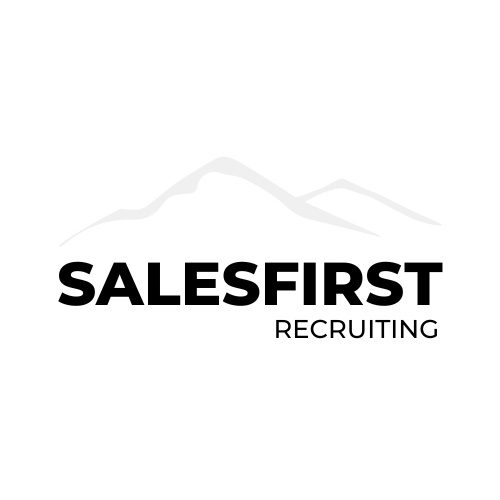5 Tips for Addressing Employment Gaps with Authenticity
Navigating the job market can be daunting, especially if you’ve been out of work for a while. SalesFirst Recruiting understands that employment gaps are a common concern among candidates. The key to overcoming this challenge is to approach it with confidence and authenticity. Here are five tips to help you discuss employment gaps effectively during your job search.
Be Honest and Transparent
Transparency is crucial when discussing your employment gap. Employers appreciate candidates who are straightforward and honest about their career history. When asked about your gap, provide a concise and truthful explanation. Whether you were released for performance or for a Reduction-in-force, or even if you left to pursue further education, honesty will always be your best policy.
“Unfortunately I was let go at ABC Company for performance reasons. I’m a confident sales professional, and you shouldn’t be worried about my ability to sell your service. My issue is that it was a poor fit. I do best selling services, and that was a role selling products. Moving forward I know which roles will suit me best.”
2. Highlight Skill Development
Even if you weren’t formally employed, chances are you developed valuable skills during your time away from the workforce. Did you take any online courses, attend workshops, or earn certifications? Mention these achievements on your resume and during interviews. This demonstrates your commitment to personal and professional growth, showing employers that you’ve been proactive about enhancing your skill set.
“Although I haven’t worked since March, I’ve done my best to stay busy and engaged. I’ve not only been interviewing, but I’ve also read multiple sales books, taken online courses, and also been certified in negotiating.”
3. Frame Your Narrative Positively
When discussing your employment gap, focus on the positive aspects of your experience. Rather than dwelling on the gap itself, emphasize what you learned and how it has prepared you for this next step in your career. For example, if you traveled, discuss the cultural insights you gained. If you volunteered, talk about the leadership skills you developed. This approach shifts the focus from the gap to your growth and readiness to re-enter the workforce.
“I of course would prefer to have been working, but I can’t blame the company for letting me go. I’m still close with many teammates there, and I’ve learned so much about where I do and don’t succeed. One book I read recently was The Challenger Sale, and I’m looking forward to applying that methodology to a service that I know I’d be good at selling.”
4. Prepare a Concise Explanation
It’s important to have a well-prepared, concise explanation for your employment gap. Practice your response so that it comes across naturally and confidently during interviews. A well-crafted narrative can alleviate potential concerns and keep the conversation focused on your qualifications and fit for the role. Aim to keep your explanation brief, and always steer the discussion back to how you can add value to the company.
“In short, I was released from my last role because I never quite got comfortable selling building materials to developers. The company was terrific, the people were great, and I really liked my customers. But both the company and I started to realize it may not work out starting around the 6 month mark. They gave me a fair severance, and I’m thankful for that.”
5. Leverage Your Network
Your professional network can be an invaluable resource when re-entering the workforce. Reach out to former colleagues, mentors, and industry contacts to let them know you’re actively seeking new opportunities. Networking can often lead to referrals, which can help mitigate concerns about your employment gap. Additionally, a strong recommendation from a trusted connection can significantly boost your credibility with potential employers.
Authenticity is Key
At SalesFirst Recruiting, we believe that authenticity is the cornerstone of a successful job search. By being honest, highlighting your growth, framing your narrative positively, preparing your explanation, and leveraging your network, you can confidently address any employment gaps and demonstrate your readiness to contribute to your next role.
For more insights and personalized guidance on navigating your sales career, visit our website at SalesFirst Recruiting and connect with our team of expert recruiters. We’re here to help you succeed and find the perfect fit for your skills and ambitions.

